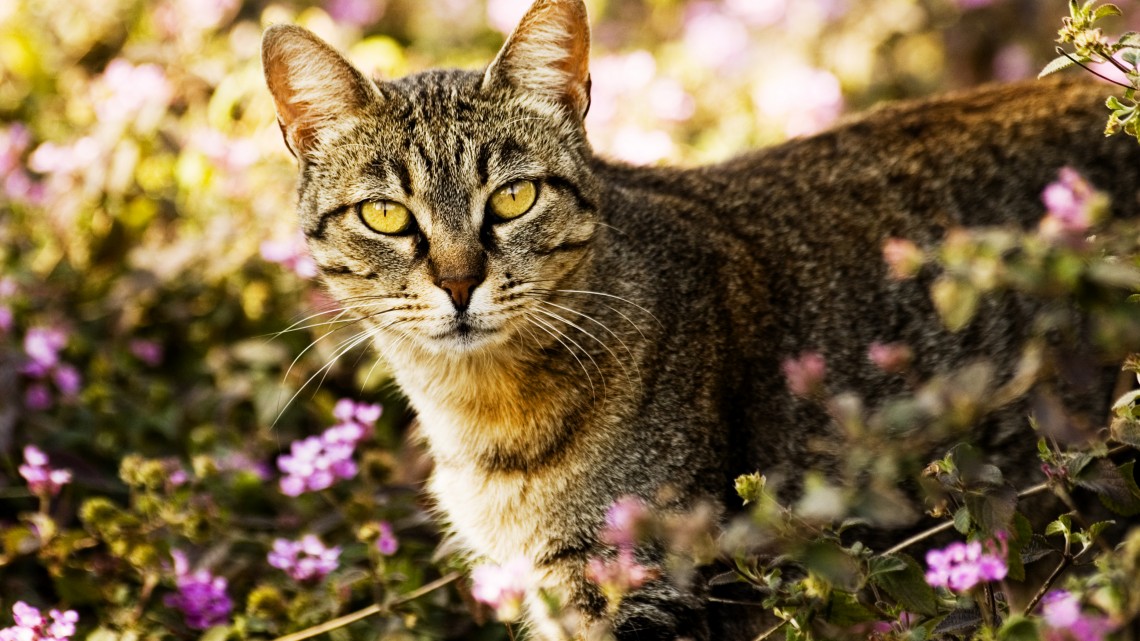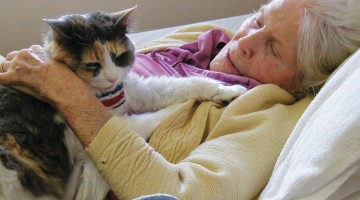This ancient Egyptian artifact was devoted to curing sick felines.
We love our cats, but the ancient Egyptians revered theirs. They were the first culture to domesticate felines, but they didn’t just keep them as “pets”. Cats were a part of their households, culture, and even their government and religion. Look at ancient Egyptian art and sculpture, and you’ll see plenty of cat images.
Perhaps the artifact that most clearly demonstrates the Egyptians’ devotion to felines is the Metternich Stela, which resides in the Metropolitan Museum of Art in New York. Over 2,000 years old, the Stela is a black stone monolith covered with hieroglyphics. It was carved during Egypt’s 30th Dynasty (360BC to 343BC).
The hieroglyphics are spells that were used to heal ailing cats. Most ask the Sun God Re to cure virtually any part of a sick cat’s body, including the heart, lungs, brain, legs, stomach and eyes. For example, one spell for the heart translates as: “You cat, your heart is the heart of Ptah, for he has ameliorated your heart from the bad poison that is in any limb of yours.”
All the spells were for cats stung by scorpions – the Egyptians believed most feline ailments were caused by scorpion stings, perhaps because the animals protected their human families by killing the poisonous pests in their homes.
The Sun God Re was considered the father of the cat goddess Bastet, and all cats were considered manifestations of Bastet. “One of the reasons Egyptians associated the cat with the goddess Bastet and the daughter of the Sun God Re was because cats [tabbies] have markings on their foreheads that look like Scarab beetles,” says Professor James P. Allen, Wilbour Professor of Egyptology at Brown University. “The Scarab beetle is one of the images associated with the Sun God Re.”
At the time, the reciting of spells was considered medicine. People used spells to ask their gods and goddesses to cure illness. “The Egyptians were fascinated by the power of the word,” says Professor Allen.
Only 5% to 15% of the population could read, but even illiterate people could use the Stela by pouring water over it. “The use of water was a way of transferring the power of the words written on the Stela to the water,” says Professor Allen. The person would catch the flowing water and have the cat drink it to obtain its medical benefits.
Despite its reliance on magic, the Metternich Stela marks the very beginnings of feline veterinary medicine. It’s also an incredible demonstration of how much the Egyptians loved their cats. We no longer use spells to heal, of course, but we continue this ancient tradition every time we take our cats to the vet or give them some TLC!







No Comment